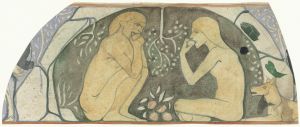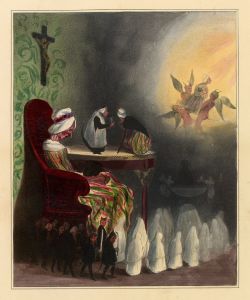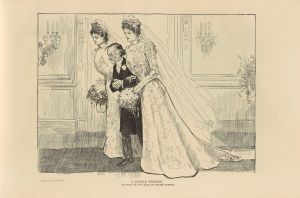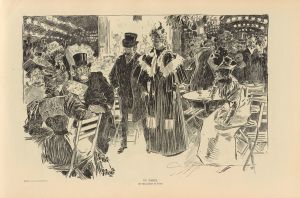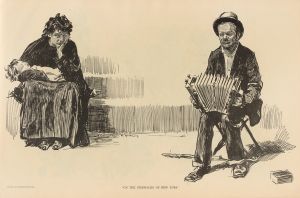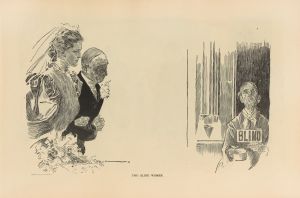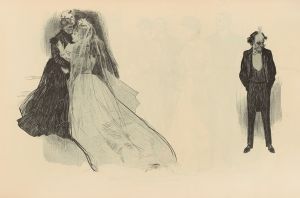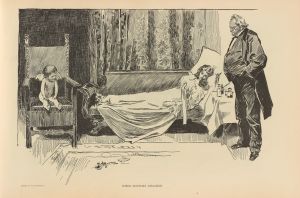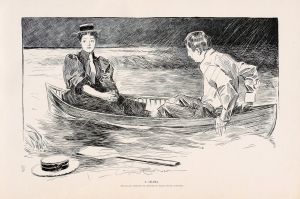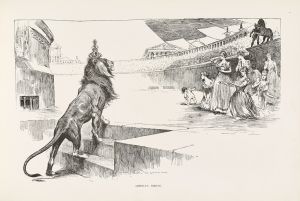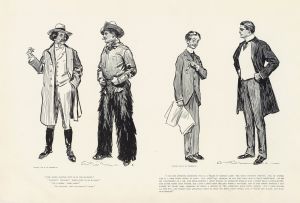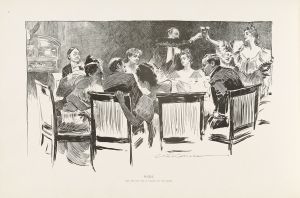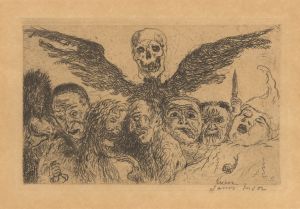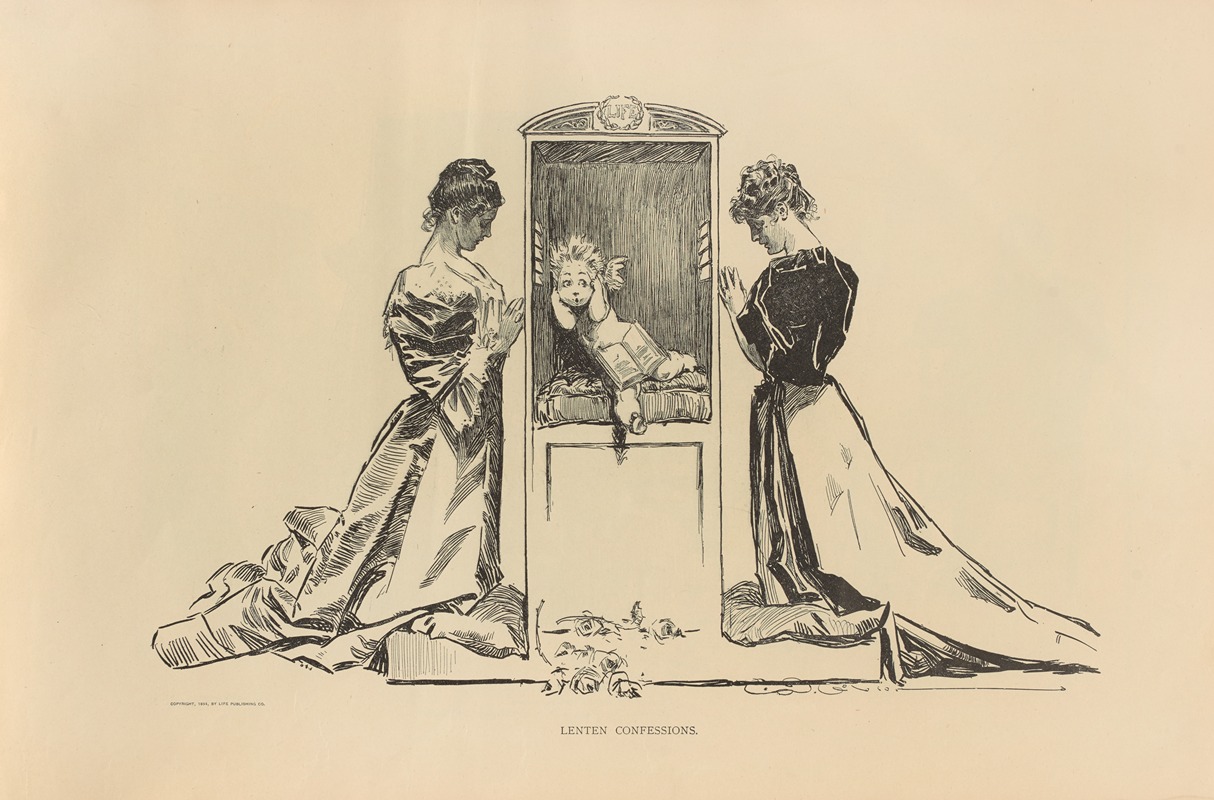
Lenten confessions
A hand-painted replica of Charles Dana Gibson’s masterpiece Lenten confessions, meticulously crafted by professional artists to capture the true essence of the original. Each piece is created with museum-quality canvas and rare mineral pigments, carefully painted by experienced artists with delicate brushstrokes and rich, layered colors to perfectly recreate the texture of the original artwork. Unlike machine-printed reproductions, this hand-painted version brings the painting to life, infused with the artist’s emotions and skill in every stroke. Whether for personal collection or home decoration, it instantly elevates the artistic atmosphere of any space.
Charles Dana Gibson was an influential American illustrator best known for his creation of the "Gibson Girl," a representation of the idealized American woman at the turn of the 20th century. His work was widely published in magazines such as Life, Harper's Weekly, and Scribner's, and he became one of the most celebrated illustrators of his time. Among his many works, "Lenten Confessions" is one of his notable illustrations, though it is not as widely discussed or documented as some of his other pieces.
"Lenten Confessions" is an illustration that reflects Gibson's keen eye for societal norms and his ability to capture the subtleties of human interaction. The title suggests a theme related to the Christian season of Lent, a period of reflection, penance, and confession. While specific details about the illustration's content are scarce, it can be inferred that the work likely depicts a scene involving themes of introspection or confession, possibly set in a social context that Gibson often explored in his illustrations.
Gibson's illustrations were characterized by their detailed line work and the ability to convey complex social dynamics with a sense of humor and irony. His works often depicted the social life of the upper classes, focusing on themes such as courtship, fashion, and the roles of men and women in society. The "Gibson Girl," his most famous creation, embodied the independent and modern woman of the early 20th century, and while "Lenten Confessions" may not feature this iconic figure, it likely shares the same attention to social commentary.
The period during which Gibson created his illustrations was marked by significant social changes, including the women's suffrage movement and shifts in social norms. His work often mirrored these changes, providing a visual commentary on the evolving roles and expectations of women and men. Although "Lenten Confessions" is not as extensively documented as some of his other works, it fits within the broader context of Gibson's exploration of societal themes.
Gibson's influence extended beyond his illustrations; he played a significant role in shaping the visual culture of his time. His work was not only popular in magazines but also influenced fashion and advertising. The "Gibson Girl" became a cultural icon, and Gibson's style set a standard for commercial illustration in the early 20th century.
In summary, while specific details about "Lenten Confessions" are limited, it is a part of Charles Dana Gibson's broader body of work that captures the social dynamics of his era with wit and precision. His illustrations remain a valuable window into the cultural and social history of the United States during the late 19th and early 20th centuries.





